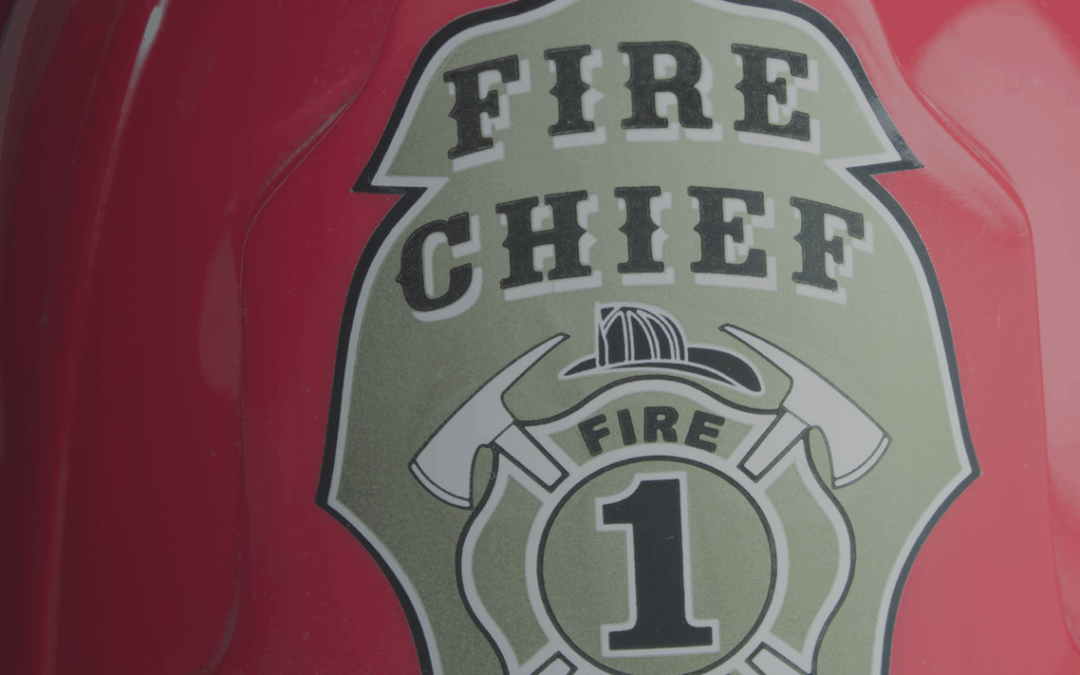Fire Emergency Response Driving
Category: Fire
Gordon Graham here with Today’s Tip from Lexipol. And Today’s Tip deals with emergency response and arriving safely to an emergency.
All of these issues can affect your response and your ability to arrive safely to an emergency scene.
You all know that driving to an emergency can be a very dynamic experience. There are a bunch of factors that can cause your response to go bad very quickly including driver inattention, trying to anticipate the reactions of other drivers as they yield to our emergency lights, and well insulated vehicles where drivers don’t hear our audible warning devices just to name a few.
As the driver of a fire apparatus, you also have your own share of factors which affect your response including listening to radio traffic, not knowing what the car in front of you is going to do when they see you behind them, the heavier weight and higher center of gravity of your apparatus and others can make a safe response more difficult.
Some states allow emergency vehicles to disregard certain laws including speed limits, red lights, and driving against the flow of traffic.
All of these issues can affect your response and your ability to arrive safely to an emergency scene.
Because you can drive through an intersection or against the flow of traffic also means that you have the extra responsibility to drive safely and in a manner to avoid a potential collision with the other vehicles on the roadway.
Remember, your emergency lights, sirens, and air horns do not automatically give you the right of way. You are only requesting that others on the road yield to you. If they fail to yield, you are still responsible for operating your apparatus safely and to respond in a manner that does not put others in danger during your response.
And that is Today’s Tip from Lexipol. Gordon Graham, signing off.





